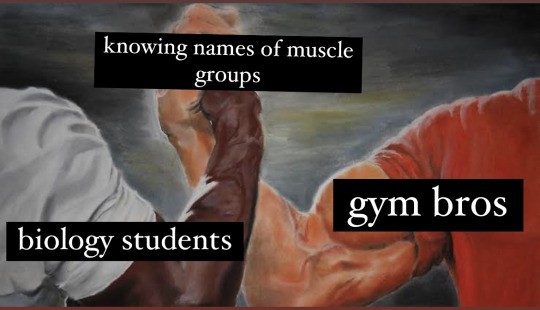#biologyblr
Photo

THIS OCTOPUS IS HAVING A NIGHTMARE, SCIENTISTS BELIEVE.
Sleep is a fundamental biological function present in all vertebrates and most invertebrates. Octopuses are really complex animals, displaying active and inactive sleep states similar to those of vertebrates. In particular, octopuses have active sleep states during which they display sequences of camouflage patterns, while remaining relatively quiet and unresponsive to external stimuli. Some scientists have speculated that these states could be analogous to dreaming in mammals.
Now, researchers have recorder what is believing an octopuses having nightmare. During a month, researchers recorded a male Brazilian reef octopus (Octopus insularis), and they detected four brief episodes were identified during which the octopus abruptly emerged from sleep, detached itself from its sleep position, and engaged in antipredator behaviors, despite no predator was present. The longest of these episodes resembled the species-typical response to a predatory attack, suggesting that the animal may have been responding to a negative episodic memory while sleeping.
However, these are just conjectures, as it is hard to be sure, according to scientists, who claim that more studies are needed to ensure that they really are nightmares.
Gif from video: Eric Ramos et al
Reference: Ramos et al., 2023. Abnormal behavioral episodes associated with sleep and quiescence in Octopus insularis: Possible nightmares in a cephalopod?. bioRxiv.
video can be seen here
#Octopus insularis#Octopus#Gif#animals#mollusc#biology#bioblr#biologyblr#science#marine science#sciblr#scienceblr
5K notes
·
View notes
Text

Some study notes on the heart…. 🧪
#studyblr#studyspo#study aes#stemblr#bioblr#a level biology#biologyblr#a levels#gatherstudies#gatherbeingstudious
176 notes
·
View notes
Text


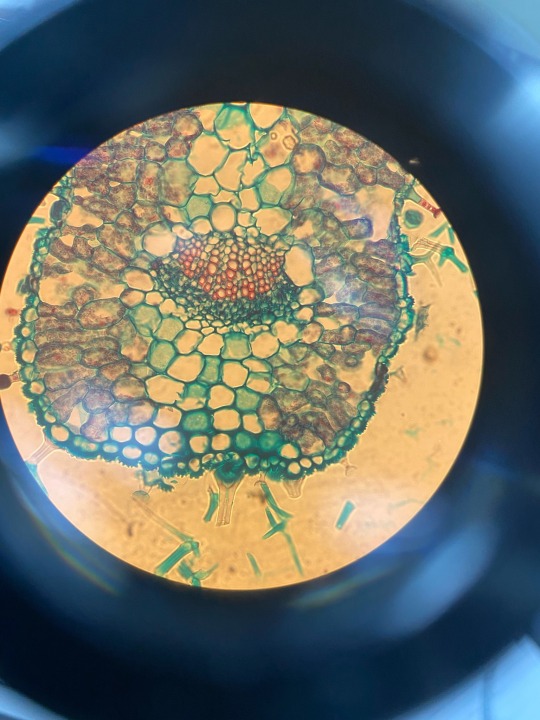



I love plant anatomy so much.
#biology major#biologyblr#college student#college#biology#college stuff#science studyblr#science student#studying#study blog#plants#plantlove#plantblr#plant blog#plantlady#plantphotography#plantparenthood#plantlife
253 notes
·
View notes
Text
I'm not a biologist so I don't know how fish chromosomes work and I have questions.
I know several species of fish have the ability to change from female to male. Once their transition is complete they are able to mate with the other female fish and make offspring.
Do their chromosomes change?? What even are the female / male fish chromosomes?
69 notes
·
View notes
Text
I am feeling hot but my skin is cold i hate thermoregulation
12 notes
·
View notes
Text
the lymphatic system is killing me
#chaotic academia#studyblr#dark academia#stemblr#studyblr community#stem studyblr#study aesthetic#study hard#stem academia#stemeducation#women in stem#stem aesthetic#stem#study space#studying#study blog#stu-dying#biology#bioblr#biologyblr#lymphatic system#study
5 notes
·
View notes
Text
biology scorched the only few braincells i had left
#biology#biologyblr#don’t know why but i found that name funny#i love putting -blr to any words for tags#it’s fun#it’s#funblr#nadirants
2 notes
·
View notes
Text
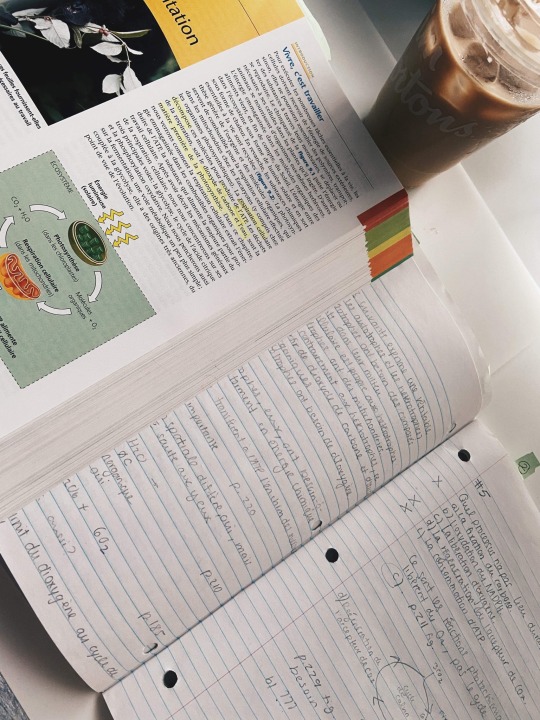

Day 81 of productivity. March 23 2021
I had a biology class. I made calls and sent e-mails. I walked for half an hour. I did a little bit of biology revision exercices.
#100 days of productivity#100 days of self discipline#productivity#study blog#studybrl#studying#study space#studyinspo#studywithme#study notes#study aesthetic#studyspo#study motivation#studystudystudy#studygram#biologystudent#biology studyblr#biologyblr#biology#scienceblr#coffee#study snacks#snacks#drinkoftheday#food and drink#photosynthesis#plants#zoomclasses#revision#exam
737 notes
·
View notes
Text
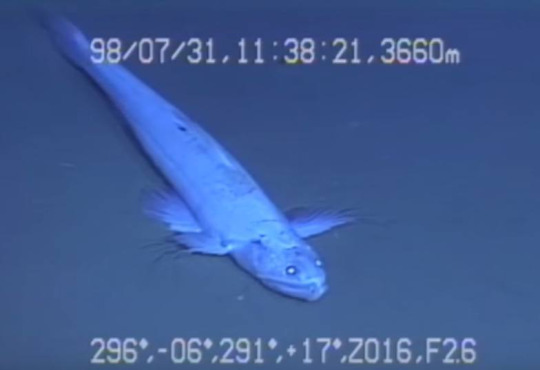

#marine biology#marine biology shitpost#biology#studyblr#natural history#paleoblr#natural science#mental wellbeing#biologyblr#scientific illustration#entomology#sea creatures#sea life#ecology#deep sea#endangered species#fishblr#signal boost#classification#evolution#snailblr#seashells#malacology#chaotic academia#scienceblr#dark academia#shit post#taxonomy#special feature deep sea creature#indigenous
267 notes
·
View notes
Text
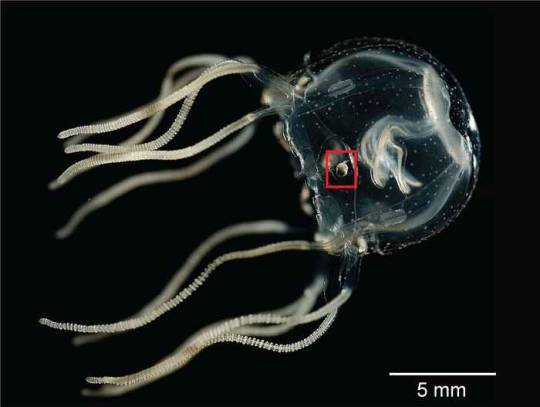
BRAINLESS BOX JELLIES CAN LEARN BY EXPERIENCE
Mangrove box jellyfish (Tripedalia cystophora) is a small species of box jellyfish, native to the Caribbean Sea and the Central Indo-Pacific, presenting a simple nervous system. But despite tiny, researchers have demonstrated present the ability to learn by association. Although has no central brain, and being the size of the finger-tip, this box jelly can be trained to associate the sensation of bumping into something with a visual cue, and to use the information to avoid future collisions.
In the wild, the Mangrove box jellyfish forage for tiny crustaceans between the roots of mangroves. To mimic this environment, researchers placed the box jellies in cylindrical tanks that had either black and white or grey and white vertical stripes on the walls. To the jellyfish, the dark stripes looked like mangrove roots in either clear or murky water. In the ‘murky water’ tanks, the jellyfish bumped into the wall because their visual system couldn’t detect the grey stripes very clearly. But after a few minutes, they learnt to adjust their behaviour, pulsing rapidly to swim away from the wall when they got too close, this state learning is based on the combination of visual and mechanical stimuli in simple animals with no brain.
The learning process, in difference with vertebrate animals, doesnt occurs in a central neuronal organs, but instead in a small organs named rhopalial nervous system, which act as learning center, in which the jelly combines visual and mechanical stimuli during operant conditioning.
Main image: An adult specimen of the box jellyfish T. cystophora., showing where is located one of the four sensory structures named rhopalia, which includes two lens eyes. Each rhopalium also contains a visual information processing center.
Reference (Open Access): Bielecki et al., 2023. Associative learning in the box jellyfish Tripedalia cystophora. Current Biology.
#Tripedalia cystophora#box jellyfish#cnidaria#marine science#marine biology#biology#science#sciblr#scienceblr#zoology#behavior#bioblr#biologyblr
444 notes
·
View notes
Text




Sat, 20.05: biology, books and ice cream ;)
Some photos from today and from yesterday. I was going to post yesterday but I didn’t study when I got home after the revision session - which was pretty good. I took a nap and laid on my bed and chilled for a bit (the nap also made me end up sleeping at like 4 in the morning). Today I ran some errands with my mother then got back quite late and just did some biology flashcards.
🎶 Francis Forever - Mitski
#studyblr#stemblr#bioblr#biologyblr#bookish#bookblr#booklr#gatherbeingstudious#gatherbeingbookish#gatherstudies#gatherreads#slowly but surely getting back into reading#I’ve found it hard as of late to focus whilst reading#since whenever I read I’m just stressing about other stuff in my life and can’t concentrate#but reading one chapter at a time really helps
29 notes
·
View notes
Text

12.11.2021. Studying for Microbiology exam
83 notes
·
View notes
Text
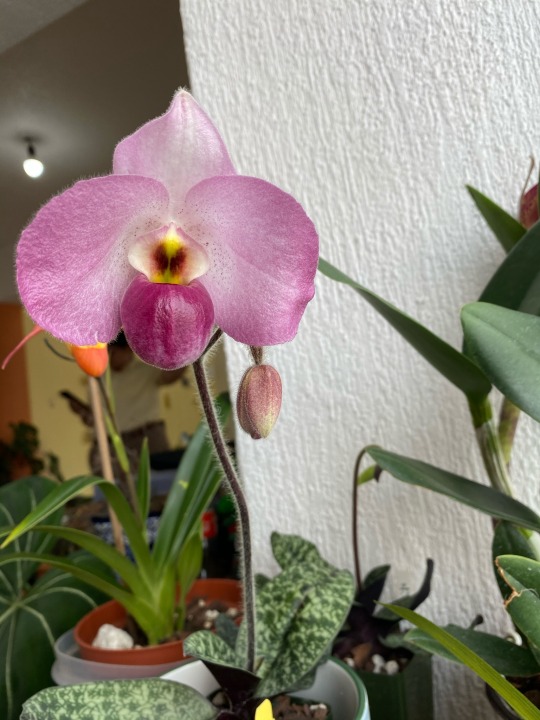


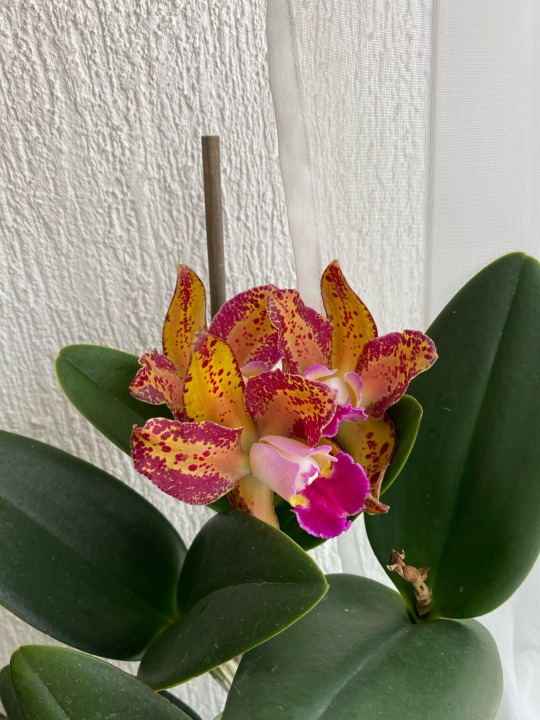
Some blooms.
#biology major#biologyblr#science studyblr#biology#science student#plants#plantlove#plantlady#plant blog#plantphotography#plantparenthood#plantcollection#plantblr#orchid mom#orchid love#orchids#orchid#paphiopedilum#phragmipedium#cattleya#slipper orchid
109 notes
·
View notes
Text


29.08.2020 // Some late night studying. I find I get more reading done at night time for some reason? Maybe it’s the candle that’s keeping me company which helps🕯
#studyblr#studying#studyspo#notes#study spaces#university student#university studyblr#studyinspo#study session#studyscience#biology student#biologyblr#biology studyblr#biochemistry#biochem notes#molecular biology#study notes#muji#study aesthetic#study space#mine
1K notes
·
View notes
Text
Interact with this if you're a STEMblr or studyblr (or both)
I wanna follow more blogs like this!
59 notes
·
View notes
